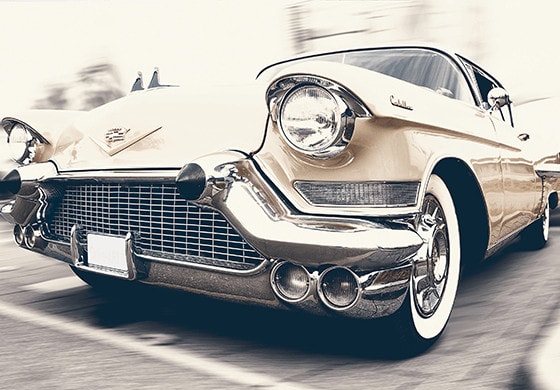

Subscribe to our Newsletter!
Get our latest news straight into your inbox

America’s Love for Classic Cars
Modern cars may be fast and equipped with the latest technologies, but nothing beats a classic car for Americans who admire, and even acquire, these pieces of our cultural history. Classic cars evoke a sense of nostalgia in onlookers and drivers alike—and they all have a story to tell. Whether for competition, adventures with their owners, or day-to-day life, every classic car has a tale behind its color through to the minute scratches on its bumper.

The lives, designs, and styles of classic automobiles have inspired collectors such as former late night host, Jay Leno, who runs Big Dog Garage, located just up the road in Burbank. The garage houses Leno’s impressive collection of classic cars and motorcycles, including a 1909 Baker Electric, a car ahead of its time that needed no cranking, drove silently, and ran on alkaline batteries. Lacking the usual gasoline smell, and with no need for muss and fuss, this car was marketed as a vehicle of women’s liberation.
Leno is unique among collectors for driving all his cars, from his 1928 Bugatti Type 37A Grand Prix, an iconic racing car that could reach speeds of up to 122 mph when such speeds were unheard of, to the tiny 1933 LLC Rocket, weighing in at only 850 pounds and the only model ever produced by the British manufacturer.
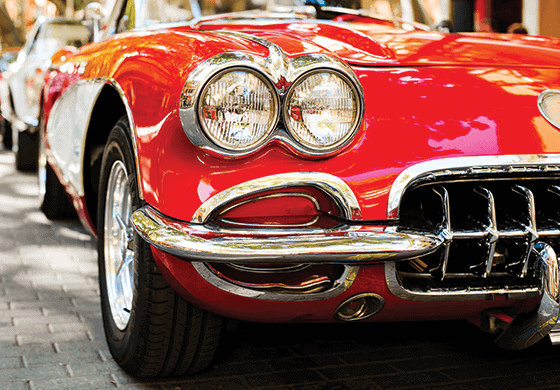
As pieces of our history, classic cars appeal to both car lovers and those who enjoy engineering, design, art — and of course, a good story. Start thinking of your favorite cinematic scenes and you’ll soon discover the legacy of automobiles in taking us on some of our greatest and most nostalgic cinematic journeys.
In fact, local collectors like Leno know that there is no classic Hollywood without classic vehicles. Whether it’s the canary yellow, 1932 Ford Coupe in the Paradise Road drag race in American Graffiti, the turquoise 1966 Ford Thunderbird Convertible in Thelma and Louise, or the fire-engine red, 1958 Plymouth Fury that’s possessed in the movie Christine (based on Stephen King’s novel), nothing creates a greater sense of time, place, and atmosphere than a classic car. When vehicles like these drive onto the scene, our imaginations are set to build a whole world and narrative around them. These are set pieces par excellence, set pieces that have been driving cinema ever since silent pictures like The First Auto, a 1927 film about the rifts caused by the transition away from horses, to the illegal street racing and car heists of the modern Fast & Furious franchise.
Classic cars, as well as their soon-to-be-classic counterparts, transport us not only from destination to destination, but also across eras into different lifestyles and stories. In that way, they will always have a special place in Hollywood.
Share This
Subscribe To Our Newsletter
Stay informed with our latest news delivered directly to your inbox.



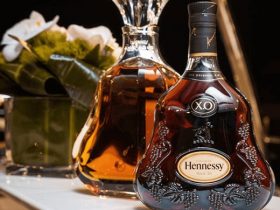





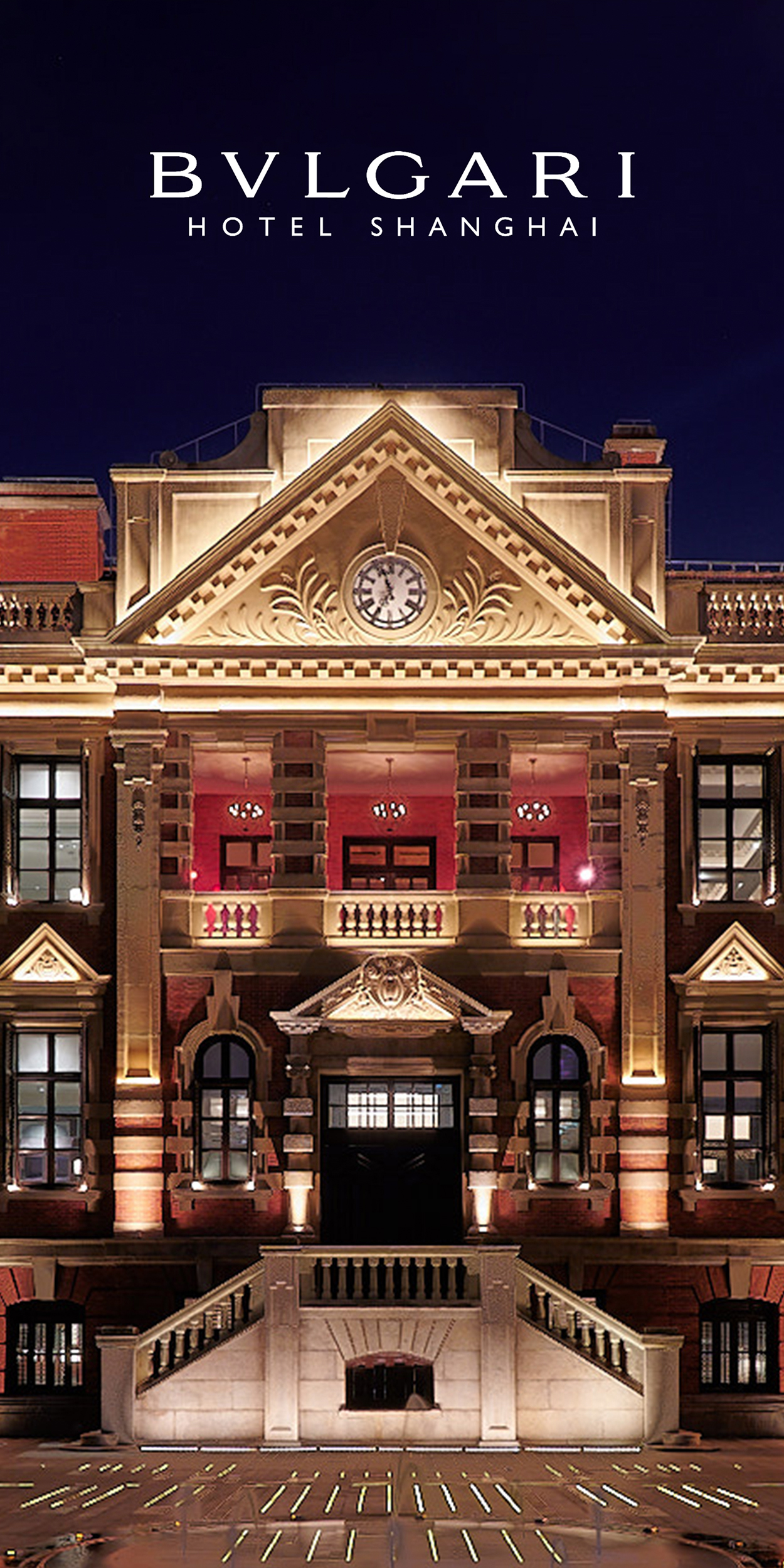



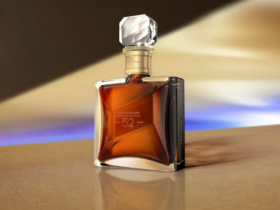



Leave a Review